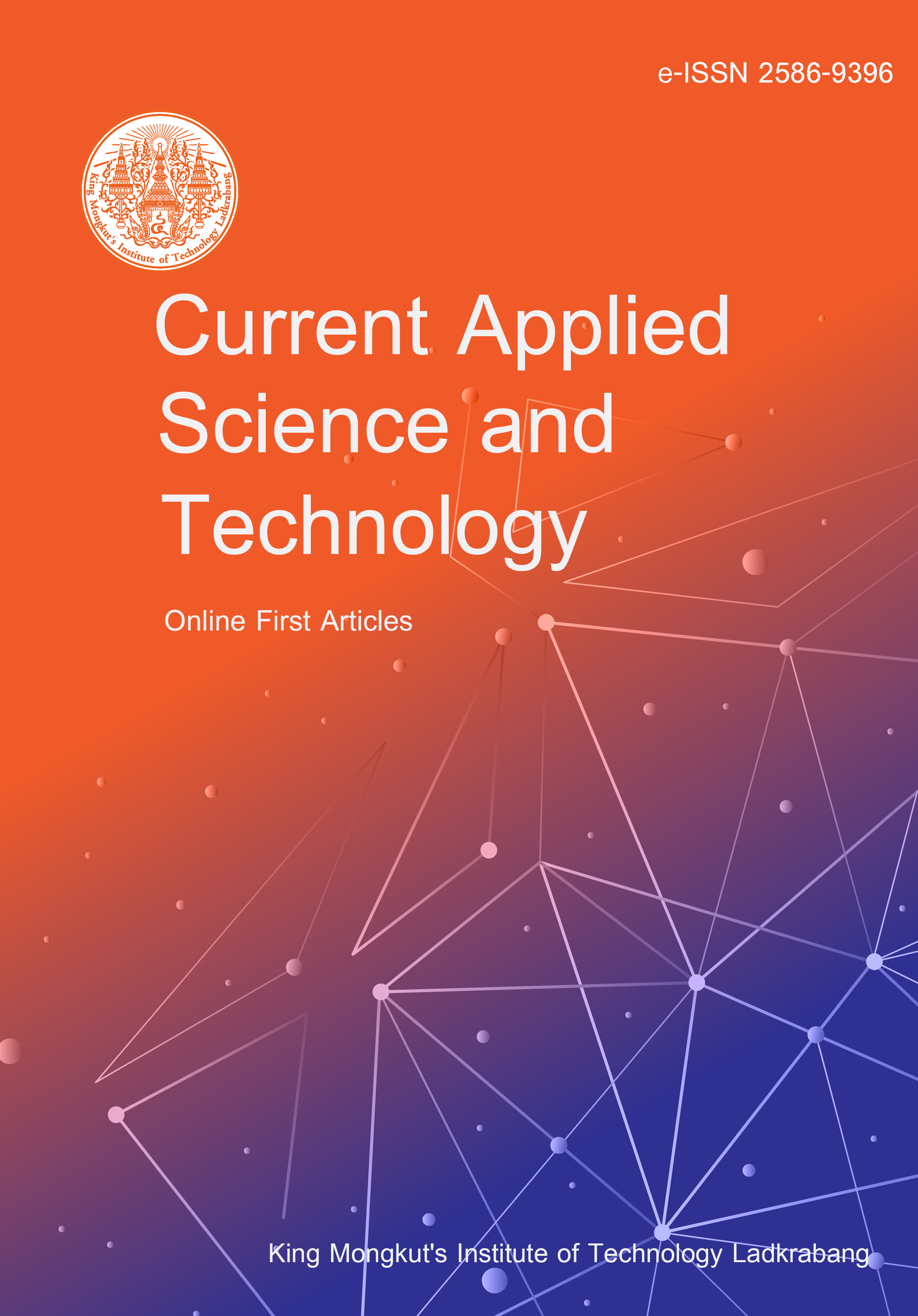This work investigated the formation of ZnO nanostructures on ITO substrates prepared by self-seeding hydrothermal synthesis for photoelectrochemical (PEC) water splitting applications. The hydrothermal parameters, precursor concentration and hydrothermal time, were varied to explore their influences on ZnO crystallinity, morphology, and PEC performance. The combinations of X-ray diffraction and field emission scanning electron microscopy revealed highly oriented ZnO nanostructures with diverse morphologies, including small granules, nanorods, dense films, and hexagonal platelets. Topographic profiling of the morphological parameters revealed complex relationships between synthesis conditions and nanostructure characteristics, highlighting the importance of considering aggregation phenomena in substrate-based growth. This aggregation led to deviations from conventional crystal growth theory predictions, particularly for grain density and diameter evolution. PEC performance evaluation identified ZnO nanorods as the optimal morphology, exhibiting a photocurrent density of 0.182 mA/cm² at 0 V vs. Ag/AgCl. Further enhancement was achieved by decorating ZnO nanorods with CdS nanoparticles, resulting in a six-fold increase in photocurrent density (1.2 mA/cm²). This improvement is attributed to expanded light absorption and improved charge separation at the CdS/ZnO interface. Our findings demonstrate the potential of rationally designed ZnO-based nanostructures in the advancement of solar-driven water splitting technologies and provide valuable insights for optimizing PEC systems through precise control of hydrothermal synthesis parameters, consideration of substrate-induced aggregation, and strategies for photoelectrochemical (PEC) water splitting applications.
Borklom, P. undefined. ., Khemasiri, N. undefined. ., Jessadaluk, S. undefined. ., Rattanawarinchai, P. undefined. ., Kayunkid, N. ., Rahong, S. undefined. ., Rangkasikorn, A. undefined. ., Wirunchit, S. undefined. ., Klamchuen, A. undefined. ., & Nukeaw, J. . (2025). Tailoring ZnO Nanostructures through Precursor Concentration and Hydrothermal Duration: A Pathway to Efficient Solar Water Splitting. CURRENT APPLIED SCIENCE AND TECHNOLOGY, e0264784. https://doi.org/10.55003/cast.2025.264784

